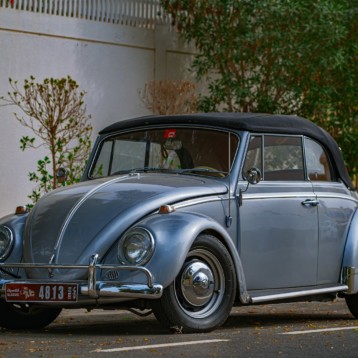Drones have been used by the military ever since they were able to make full use of the technology to do so. However, current drones are limited by how they position themselves to look at their target. Development of bird-like mechanical legs gives drones the ability to perch anywhere and at any time without being seen.
It walks like a bird, perches like one too but is it really a member of the avian species looking down at you from a telephone wire across the street? Drones have been used largely for military purposes namely for spying and raining down “shock and awe” on unsuspecting militants hiding in a cave or a busy urban center.
Bhargav Gajjar, who works for Vishwa Robotics located in Brighton Massachusetts, has developed the legs as an add-on feature for small US Air Force Drones. The issue with small drones of this nature is that they essentially lack the necessary landing gear and a lot actually relies on what is called a calculated crash landing of some sort, which is essentially crude and abysmal when compared to the elegant precision landing of a perching bird. What Bhargav Gajjar did was he studied several dozen bird species and then put into record their elegant, controlled landings using a high-speed camera. The mechanical drone legs that he has invented were based on a species of bird called the American kestrel.
How it Works
What happens essentially is that the drone rests in an upright stance using a powerful gripping action coming from an electric motor. The claws have been designed to be really sharp so that the grip would be quite difficult to break. A remote computer utilizes footage coming from a camera that is fitted to the drone in order to control flight movements and allows it to be able to position itself for a safe landing similar to how a real bird does it. The drone, like the bird, needs to break sharply just above its landing area and then perform a controlled stall so as to be able to touch down. The bird legs also act as some form of shock absorbing mechanism and the mechanical drone legs does that as well. What is amazing in the drone’s perching legs is that it has the ability to waddle over short distances, giving it the ability to explore indoor areas.
Spying Capabilities
A drone that has perching abilities has the ability to occupy any vantage point with ease and convenience allowing it to become much more stealthier and also provides a much more closer view than simply circling overhead. The perching ability also does not require any power and a perching drone can in effect recharge its solar cells so that it can operate indefinitely for long periods. Gajjar has also flown his legs using fixed-wing drones but is utilizing a quad rotor to do so inside his lab.
According to Justin Thomas from the University of Pennsylvania’s General Robotics, Automation and Perception (GRASP) Laboratory, mimicking animals in ways such as this is quite appealing because of the fact that such a biometric methodology creates certain advantages in prolonging the working time of a typical aerial drone by giving it the ability to rest and recoup its energy. His team has recently developed a drone that could actually grab objects from the ground. It offers many benefits to environmental monitoring as well as establishing temporary communication networks during natural calamities.










